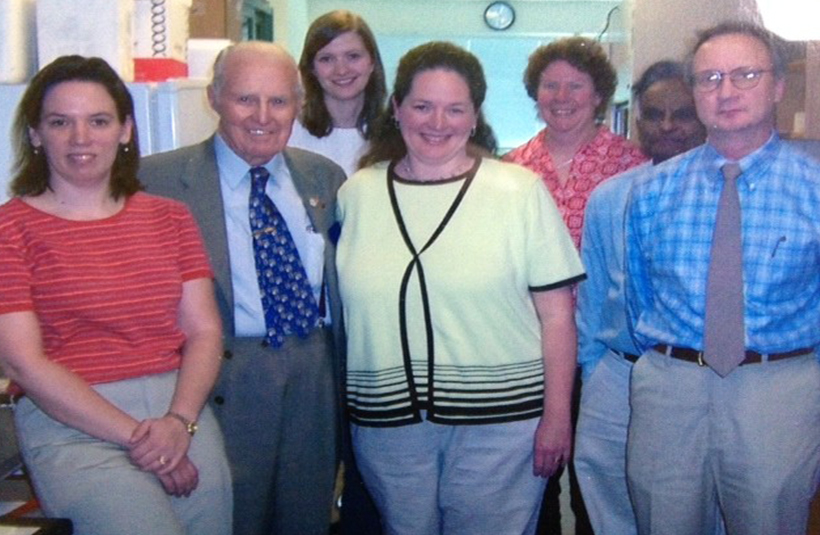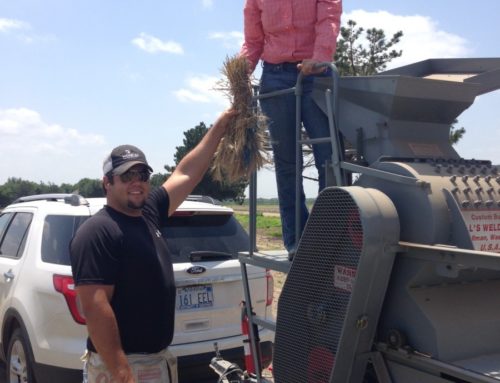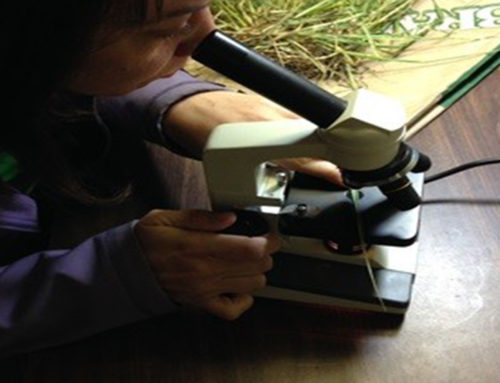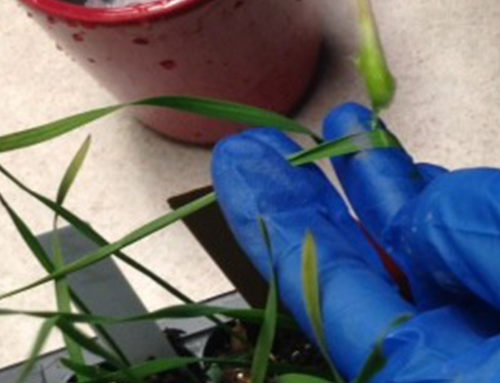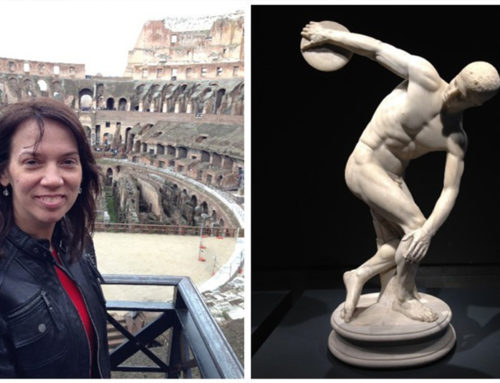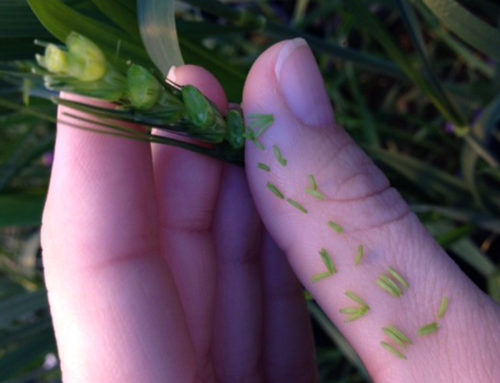Borlaug Summit in Ciudad Obregon, Mexico
March 25, 2014 would have been Norman Borlaug’s 100th birthday. For those of you who don’t know exactly who Dr. Borlaug is, this blog is for you. As I write this, I’m waiting for my flight to Mexico to attend a celebration hosted by CIMMYT, the International Center for Maize and Wheat Improvement, where Dr. Borlaug worked.
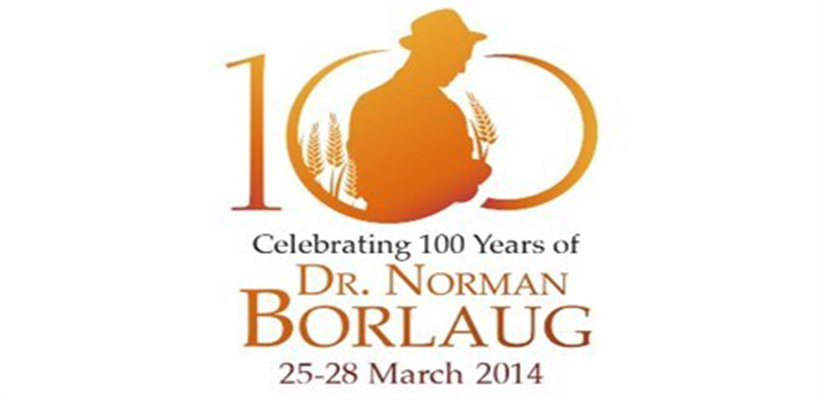
Norman Borlaug was born in Iowa, a farmer’s son. By luck, he attended college at the University of Minnesota during the Great Depression and studied forestry. He worked for the US Forestry Service after receiving his BS and returned after some prodding by a professor to get his Master’s and PhD in Plant Pathology. Although he had never worked with wheat directly, Borlaug was recruited by a friend to take a job at an upstart unit to help raise the level of wheat production in Mexico.
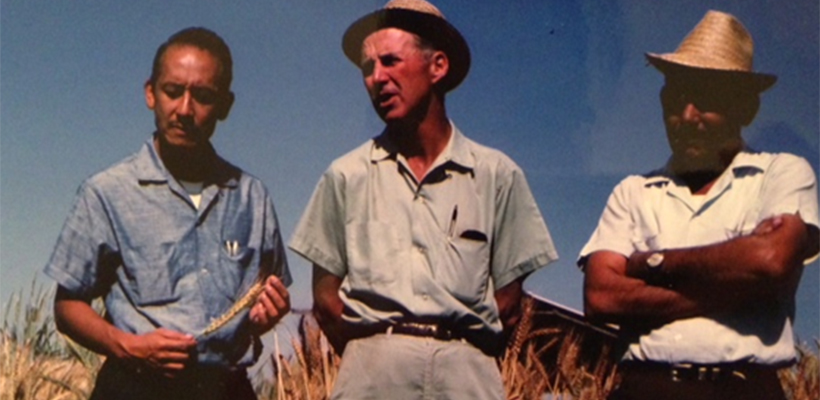
It was there at this new research station, which he would build from the ground up, that Dr. Borlaug essentially saved many from starvation. You see, when Borlaug arrived in Mexico in 1944, Mexican farmers were poor, very poor, starving poor. While working as a wheat breeder, Borlaug developed new varieties of wheat and educated farmers about agricultural practices, such as fertilization and irrigation. These helped increased Mexican wheat yields to a level where Mexico no longer needed to import wheat.
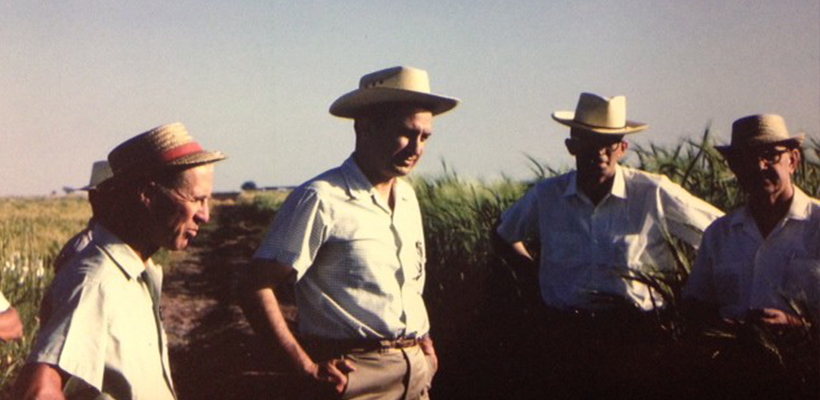
April 2005, I had the chance to meet and speak with Dr. Borlaug while he visited North Carolina State University and gave a public lecture. I asked him for some advice for a young wheat breeder. He told me what he had told many others before me: “Go to the field, go to the field, go to the field. And never forget who you work for, the farmers.” This picture is one of my most prized possessions and hangs over my desk at work. But, you see, I’m usually never at my desk!
Until next time – Marla

